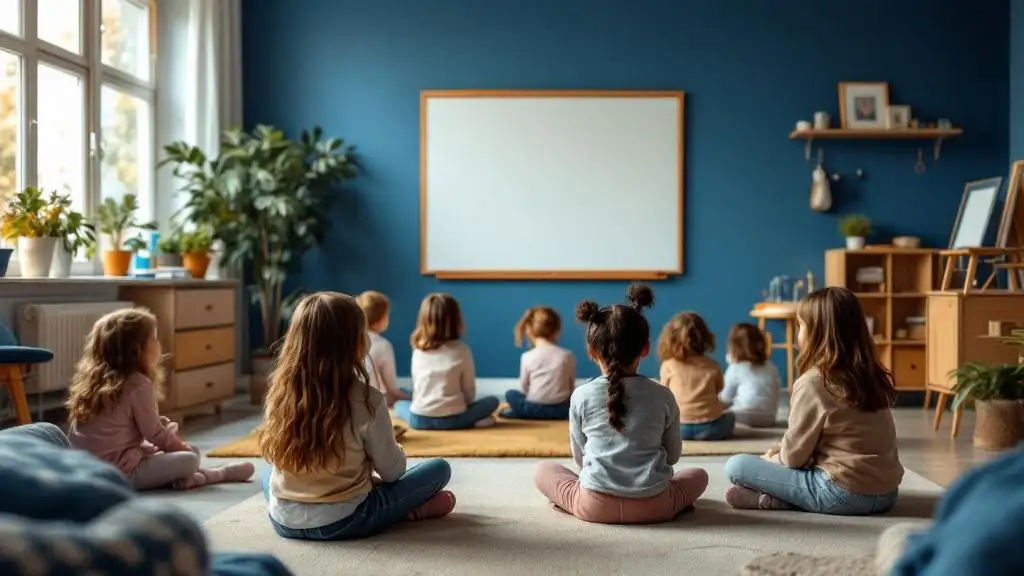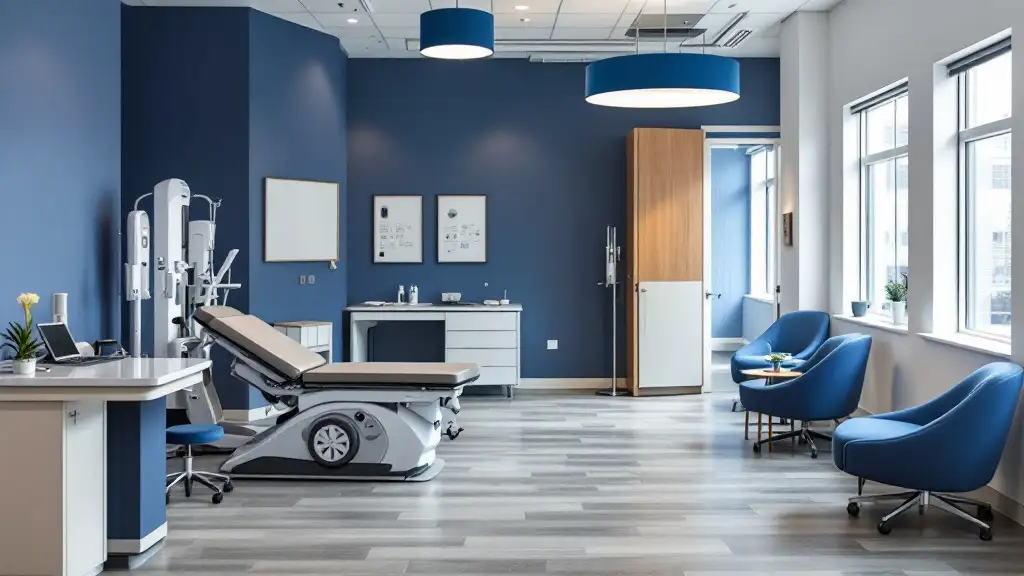
Understanding Physical Therapy's Role in Pediatric Scoliosis
Scoliosis, characterized by an abnormal lateral curvature of the spine, affects children and adolescents, often leading to functional and cosmetic concerns. Early intervention through physical therapy offers a non-invasive, effective strategy to manage the condition, improve quality of life, and potentially prevent surgical procedures. This article explores the various physical therapy interventions, including scoliosis-specific exercises, their principles, goals, and scientific support, designed to treat and manage scoliosis in children.
Common Physical Therapy Interventions for Children with Scoliosis
What are common physical therapy interventions for children with scoliosis?
Physical therapy plays a vital role in managing scoliosis in children by helping to control and potentially reduce spinal curvature. One of the primary approaches is scoliosis-specific exercises, such as the Schroth Method. This method involves customized exercises aimed at de-rotating, elongating, and stabilizing the spine in three dimensions. It incorporates special breathing techniques and positioning to restore muscular symmetry, improve posture, and support spinal alignment.
In addition to scoliosis-specific exercises, physical therapy emphasizes improving posture, which can help prevent further imbalance and injury. Therapists work with children to develop awareness of correct posture through targeted exercises that enhance balance and coordination. Strengthening key muscle groups—including the core, spinal, hips, shoulders, and legs—is prioritized to support the spine and improve overall stability.
Range of motion exercises are also an essential part of therapy. These aim to restore or improve movement limits caused by spinal structural changes and imbalances. Enhancing flexibility and mobility in the thoracic, lumbar, and cervical regions can lessen discomfort and improve functional movement.
The benefits of early and personalized intervention are significant. Tailored exercise programs can slow down or halt curve progression, reduce pain, and improve breathing capacity, especially important in cases affecting lung function.
Therapy is often combined with other treatments such as bracing, especially for moderate curves between 25 and 45 degrees or if there's ongoing progression. Overall, the goal of these interventions is to equip children with the ability to maintain better posture, muscle balance, and spinal health, ultimately supporting their daily activities and well-being.
Goals and Benefits of Physical Therapy in Scoliosis Management
What are the goals and benefits of physical therapy in managing scoliosis in children?
Physical therapy is a vital part of managing scoliosis in children, focusing on multiple aspects to support spinal health and overall well-being. Its primary goals include preventing the progression of spinal curvature, reducing pain, and improving posture and muscular balance.
One major aim of physical therapy is to correct or stabilize spinal alignment. Techniques like scoliosis-specific exercises—such as those found in the Schroth and SEAS methods—are tailored to each child's unique spinal curve. These exercises include pelvic tilts, muscle stretching, and strengthening routines designed to de-rotate, elongate, and stabilize the spine in three dimensions.
These personalized exercises often lead to noticeable improvements within a few weeks, helping reduce asymmetries and restore muscular balance. When combined with bracing, physical therapy can enhance treatment outcomes and, in some cases, eliminate the need for surgical intervention.
Besides spinal correction, physical therapy plays a significant role in alleviating pain and improving posture. It helps children develop better body awareness and muscular support around the spine, which are crucial for maintaining correct posture and reducing discomfort.
Improvement in breathing capacity is another benefit, particularly in more severe cases where spinal deformity may impair lung function. Breathing exercises integrated into therapy help expand rib cages and enhance respiratory efficiency.
Early detection and initiation of tailored physical therapy are essential, as they can delay or even prevent the need for surgery. Physical therapy not only supports technical corrections but also promotes a child's confidence and ability to manage their condition independently.
Overall, targeted physical therapy offers a non-invasive, natural approach to controlling scoliosis, reducing long-term health risks, and improving quality of life for affected children. It encourages active participation in their treatment, empowering them to take charge of their spinal health and well-being.
Scoliosis-specific Exercise Methods like the Schroth Method
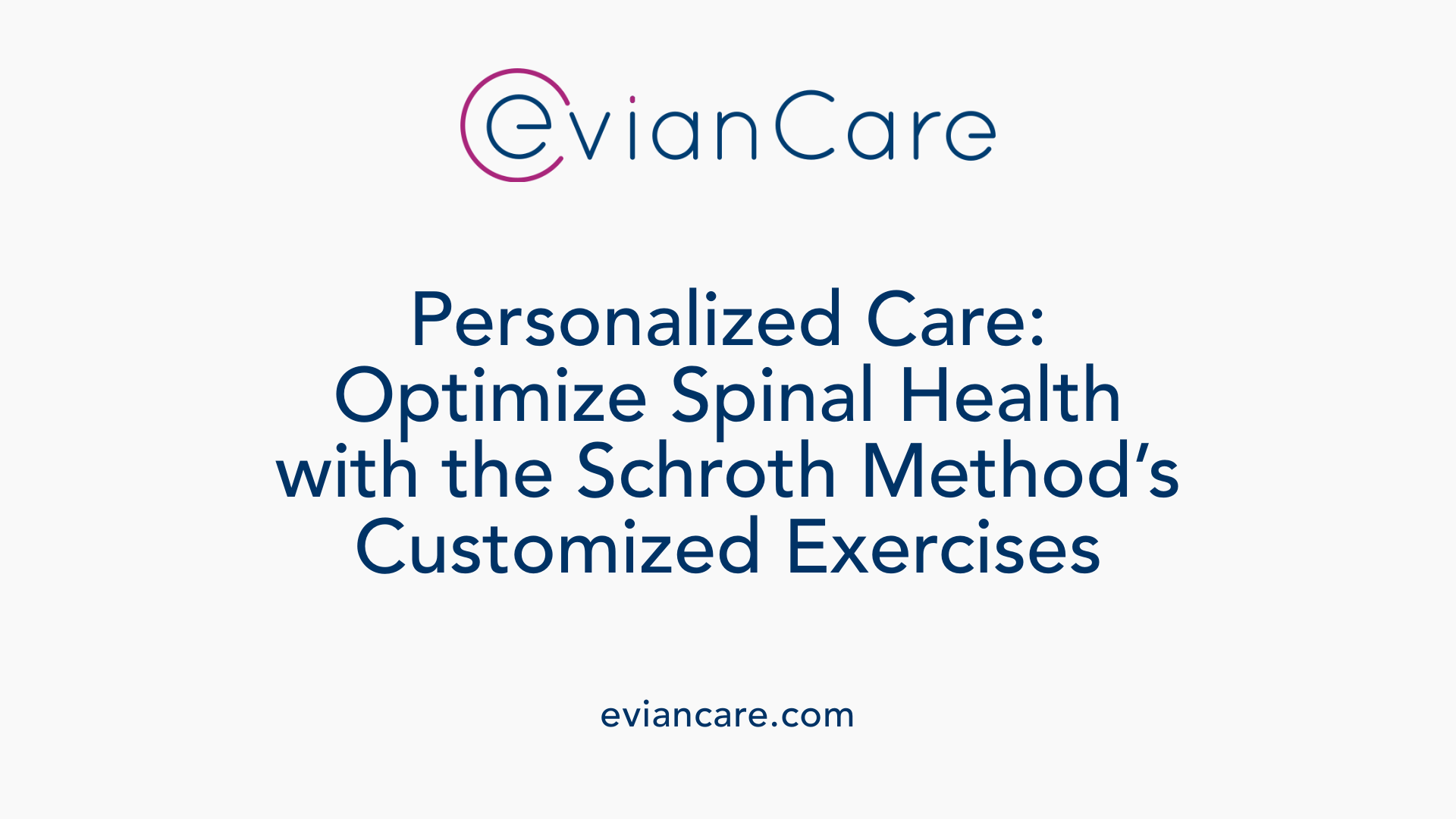
What are scoliosis-specific exercise methods like the Schroth Method?
The Schroth Method is a specialized physiotherapy approach tailored for individuals with scoliosis. It focuses on correcting the spinal deformity through customized exercises that address all three dimensions of the spine's curvature.
Customized exercises in three dimensions
This method involves exercises designed to de-rotate, elongate, and stabilize the spine. These activities are personalized based on the patient’s specific scoliosis pattern and aim to restore muscular symmetry. The exercises incorporate postural correction that targets the rotational aspect of the deformity, helping to improve both appearance and function.
Breathing techniques such as rotational angular breathing
A key component of the Schroth Method is breathing techniques, especially rotational angular breathing. This technique teaches patients to breathe into the concave side of their torso, helping to expand and elongate the rib cage on that side. This practice assists in reducing rotational deformities while improving respiratory capacity.
Use of props and positioning techniques
The exercises often include the use of props, such as wall bars, exercise balls, or poles, to facilitate correct posture and alignment. Positioning techniques are practiced in various positions—standing, sitting, or lying down—to optimize muscle engagement and spinal correction.
Goals of curative stabilization and curve halting
The primary goal of the Schroth Method is to prevent the progression of scoliosis curves, especially during growth periods. By strengthening muscles and improving posture, it helps to stabilize the spine and reduce the likelihood of surgical intervention.
Evidence of improvement in spinal curvature and respiratory function
Research and clinical studies have demonstrated that patients practicing the Schroth Method often experience a significant reduction in the Cobb angle, a measure of scoliosis severity. Many report enhanced breathing capacity, less back pain, and better posture. These improvements underscore the efficacy of personalized exercises in overall scoliosis management.
This approach is usually guided by a Schroth-trained physical therapist, ensuring exercises are correctly performed for maximum benefit. When integrated into a comprehensive scoliosis treatment plan, the Schroth Method offers a non-invasive way to control disease progression and improve quality of life.
Non-Surgical Role of Physical Therapy in Treating Scoliosis
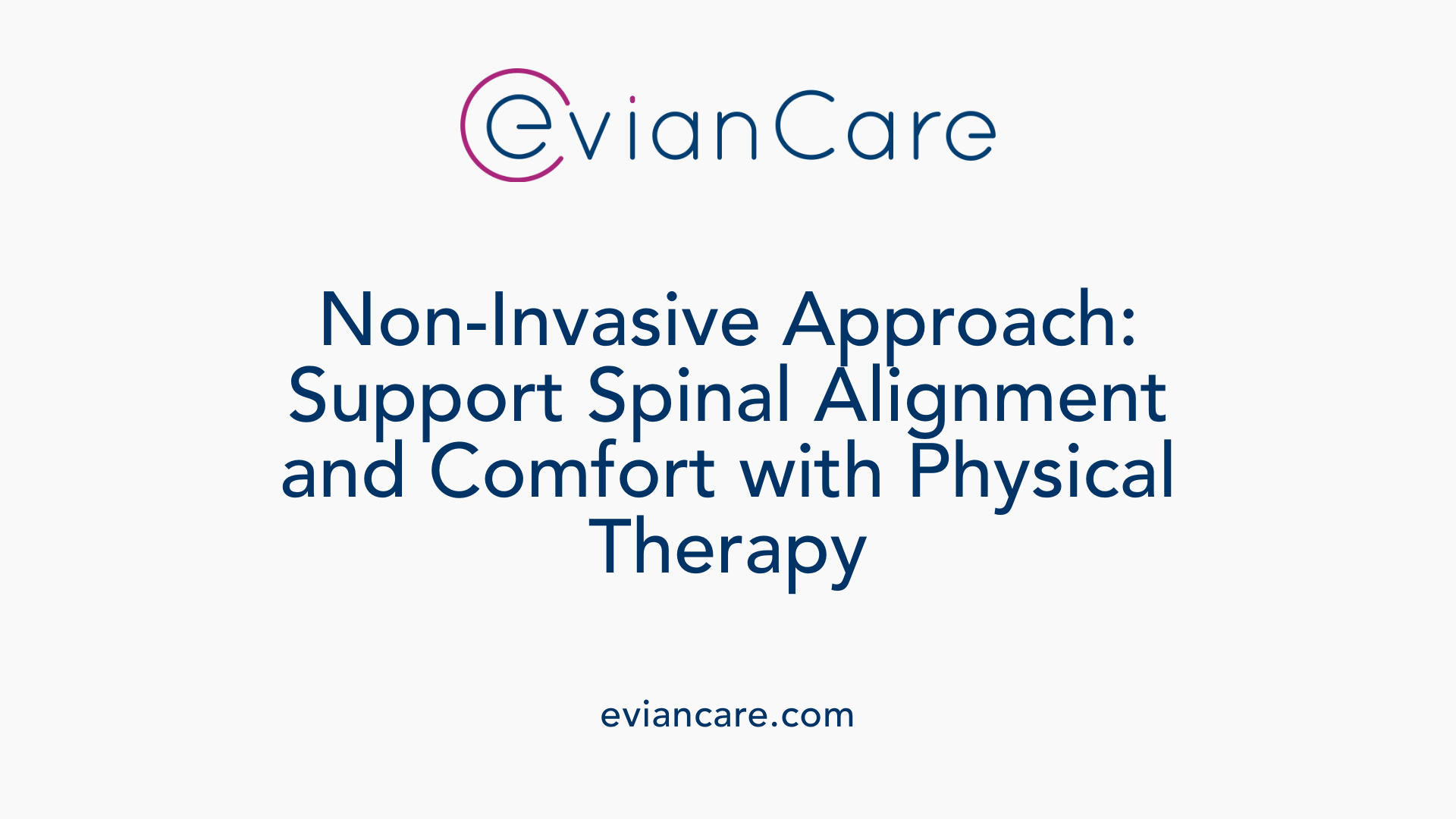 Physical therapy plays a significant role in managing scoliosis without surgical intervention. One of its primary approaches involves scoliosis-specific exercises, with methods like the Schroth Technique leading the way. These exercises are designed to de-rotate, elongate, and stabilize the spine in three dimensions, addressing the complex spinal deformity from multiple angles.
Physical therapy plays a significant role in managing scoliosis without surgical intervention. One of its primary approaches involves scoliosis-specific exercises, with methods like the Schroth Technique leading the way. These exercises are designed to de-rotate, elongate, and stabilize the spine in three dimensions, addressing the complex spinal deformity from multiple angles.
Guided by trained professionals—such as therapists certified in the Schroth Method or other scoliosis-specific training—children and adolescents learn targeted movements that correct muscular imbalances, improve posture, and enhance breathing mechanics. This personalized guidance ensures exercises are performed correctly and tailored to each child's unique spinal pattern.
Physical therapy is especially useful for early, mild, or moderate scoliosis cases. When combined with bracing, it can help delay or prevent the need for surgery, particularly in growing children. The focus is on strengthening core muscles, restoring muscular symmetry, and teaching self-correction techniques that children can continue independently.
In addition to stabilizing the spinal curve, physical therapy assists in symptom management. It aims to reduce back pain, improve posture and mobility, and teach strategies to decrease forces that might accelerate curve progression.
While the exercises may not significantly reduce existing curves in severe cases, they are effective in maintaining spinal stability and enhancing overall function. This conservative approach emphasizes improving quality of life while monitoring the condition closely.
In summary, physical therapy offers a non-invasive, supportive treatment modality that emphasizes de-rotation, elongation, and stabilization of the spine. Through expert supervision and customized exercise plans, it helps manage scoliosis effectively, especially when used early in the disease course alongside other conservative treatments.
Treatment Process in Scoliosis-specific Physical Therapy Programs
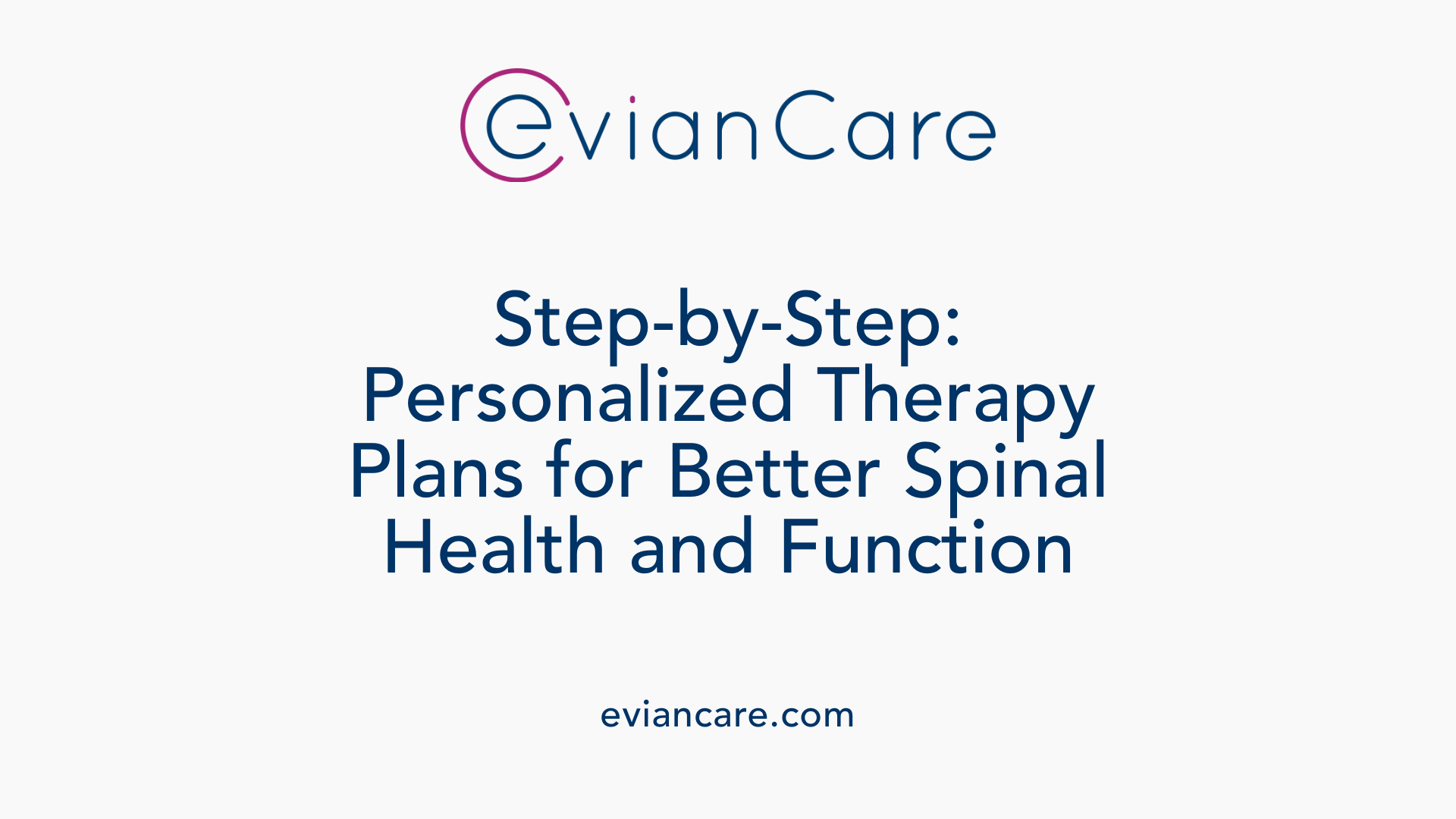
What is the treatment process for scoliosis-specific physical therapy programs?
The treatment process for scoliosis-specific physical therapy, such as the Schroth method or SEAS, is centered on personalized exercises tailored to each child's unique spinal curve. An initial comprehensive assessment by a trained physical therapist is crucial. This includes reviewing medical history, analyzing X-ray images, evaluating posture, range of motion, strength, lung function, and pain levels.
Based on this assessment, the therapist develops an individualized exercise plan. These exercises aim to de-rotate, elongate, and stabilize the spine across all three dimensions—sideto-side, front-to-back, and rotational. The routines include muscle strengthening, stretching, postural correction, and specific breathing techniques designed to improve muscular symmetry and respiratory capacity.
Physical therapy sessions usually last about 40 to 45 minutes and are held once or twice a week. During these sessions, therapists guide children through exercises, provide manual therapy if needed, and utilize tools such as mirrors for posture feedback. The goal is to help the child develop better self-awareness of their posture and movement.
In addition to supervised therapy, children are often given home exercises to practice regularly, which helps maintain and reinforce improvements. Consistent practice—typically around 4 to 5 times weekly—is recommended for optimal results.
This approach is frequently combined with bracing strategies to prevent or slow curve progression. Throughout therapy, progress is closely monitored through follow-up evaluations, which may include physical assessments and repeat imaging. Based on ongoing observations, exercises are adjusted to ensure continued improvement.
Ultimately, these programs strive to improve spinal alignment, reduce discomfort, promote better posture and mobility, and support overall spinal health. When combined with comprehensive scoliosis management, physical therapy can significantly help children maintain function, prevent curve worsening, and improve quality of life.
Activities Children with Scoliosis Should Avoid and Recommended Exercises

Are there any activities children with scoliosis should avoid, and which activities are recommended?
Children diagnosed with scoliosis need to be mindful of the types of activities they engage in to prevent worsening their condition or risking injury. High-impact sports that involve repetitive shocks, such as running long distances, jumping, or activities with sudden lateral movements, should be approached with caution. Heavy lifting or strenuous weight training are also generally discouraged unless supervised by a healthcare professional familiar with scoliosis.
Contact sports like football, hockey, rugby, and gymnastics can pose a risk of trauma or exacerbate spinal imbalance and are often recommended to be avoided or adapted to minimize risk.
Conversely, many gentle, low-impact activities can be beneficial for children with scoliosis. Swimming is highly recommended because it promotes spinal extension and strengthens back and core muscles without putting undue stress on the spine.
Cycling, walking, and hiking are excellent forms of exercise that improve cardiovascular health, maintain flexibility, and strengthen stabilizer muscles around the spine. Yoga and certain stretching routines can enhance flexibility and posture, especially when tailored to the child's specific needs.
Engaging in scoliosis-specific exercise programs, such as the Schroth method or Scoliosis Boot Camp, focuses on muscle strengthening, posture correction, and curve management. These exercises are adapted to each child's spinal pattern and should be performed under the supervision of a trained specialist.
Overall, most sports can be enjoyed by children with scoliosis, provided activities are selected thoughtfully and performed with proper technique and guidance. Regular consultation with healthcare providers helps ensure that chosen activities support spinal health, promote well-being, and do not contribute to curve progression.
Expected Outcomes from Physical Therapy Interventions
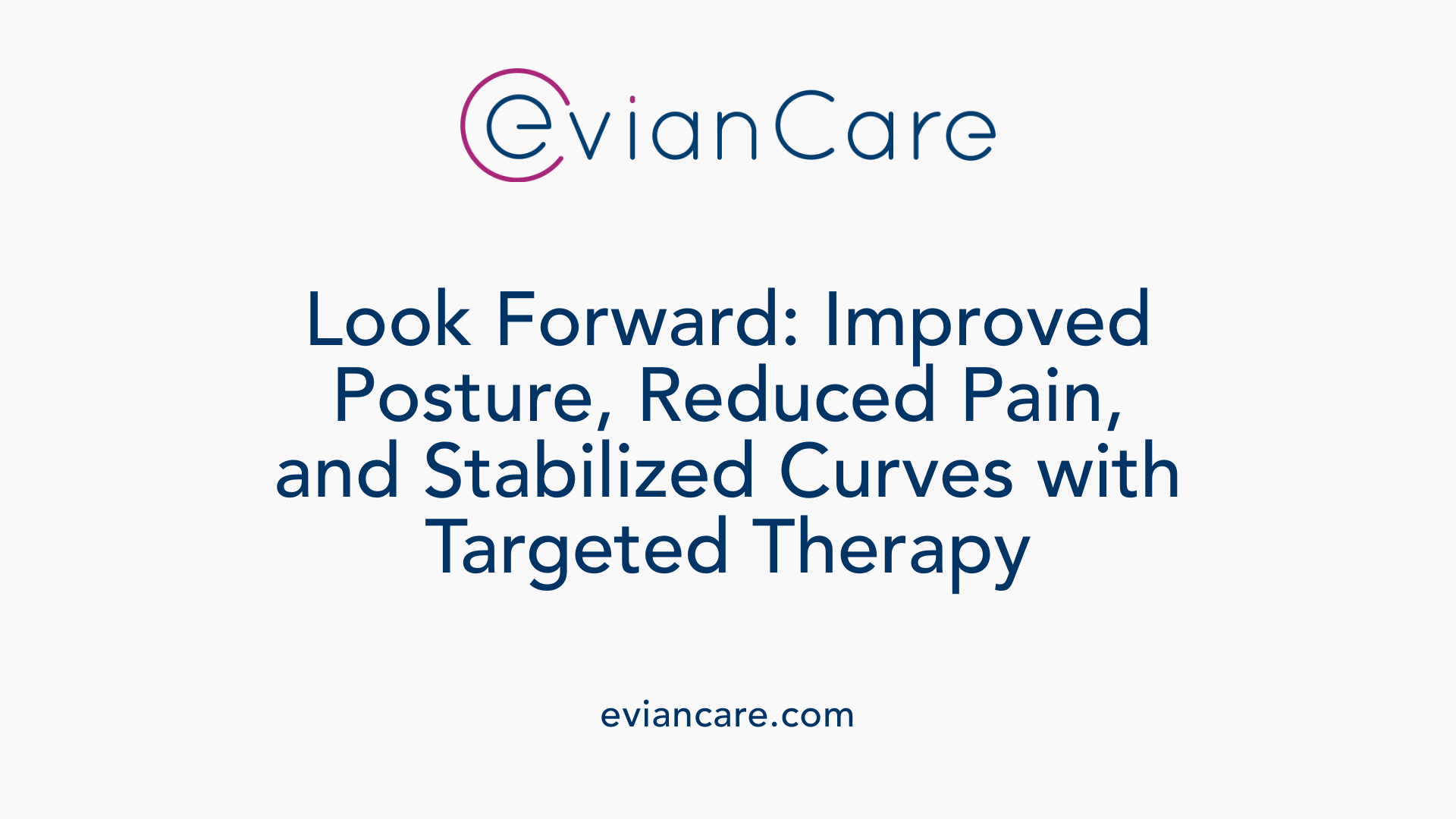
What outcomes can be expected from physical therapy interventions in children with scoliosis?
Physical therapy plays a crucial role in managing scoliosis in children by aiming to improve various aspects of their spinal health and overall well-being.
One of the primary results of effective physical therapy is the enhancement of posture and the development of muscular symmetry. Exercises tailored to the child's curvature, including scoliosis-specific exercises like those from the Schroth method, help restore muscular balance and promote correct spinal alignment.
In addition to encouraging better posture, physical therapy can contribute to spinal stabilization or even correction. Techniques such as core strengthening, manual therapy, and specialized breathing exercises support the elongation and stabilization of the spine. Many children experience a temporary reduction in the Cobb angle—a measure of scoliosis curve severity—especially when exercises are performed consistently over several weeks.
Pain reduction is another significant benefit. Many children with scoliosis report back discomfort, which can be alleviated through targeted exercises and manual therapy techniques. Moreover, respiratory capacity can be improved, as breathing exercises and thoracic mobilizations help enhance lung function, often compromised by spinal deformities.
Overall, appropriate physiotherapy interventions can lead to the stabilization of the spinal curve, decreasing the risk of progression. In some cases, these programs can even produce a modest reduction in the curvature, preventing worsening of the deformity.
Beyond physical improvements, children often experience an enhanced quality of life. They become more aware of their bodies, gain confidence in their posture, and are better equipped to manage daily activities. This holistic approach not only aims to control scoliosis but also to promote emotional well-being and physical independence.
In summary, physiotherapeutic management can yield substantial benefits—improving posture, reducing pain, supporting spinal stability, and possibly decreasing curve severity—thereby helping children lead active, healthier lives with improved function and less discomfort.
Scientific Evidence Supporting Physical Therapy for Scoliosis
Research studies and systematic reviews have consistently supported the use of physical therapy in managing scoliosis. Among the various methodologies, the Schroth method and the Scientific Exercises Approach to Scoliosis (SEAS) have been extensively studied through randomized controlled trials (RCTs). These trials demonstrate that scoliosis-specific exercises can effectively slow or reduce the progression of spinal curves, with some studies reporting an average Cobb angle reduction of around 2.5 degrees.
Meta-analyses further support these findings, showing improvements in posture, muscle balance, and spinal stability when scoliosis-specific exercises are implemented early in the disease process. Importantly, these exercises enhance muscular symmetry and reinforce postural awareness, contributing to better functional outcomes.
Endorsements from treatment guidelines, such as the guidelines from the International Society on Scoliosis Orthopaedic and Rehabilitation Treatment (SOSORT), recognize scoliosis-specific exercises as an effective conservative approach. SOSORT and similar organizations highlight their role in reducing curve progression, especially in mild to moderate cases, and recommend their use alongside bracing or as standalone therapy when appropriate.
When comparing different physiotherapy methods, evidence suggests that approaches like Schroth and SEAS are particularly effective in three-dimensional correction, breathing mechanics, and postural control. Other methods, such as BSPTS, are also supported but with varying levels of evidence. Overall, rigorous scientific research affirms that physiotherapy is a vital, evidence-based component of scoliosis management that can improve quality of life and potentially prevent the need for surgical intervention.
The Future of Non-Invasive Scoliosis Treatment
As research continues to validate the effectiveness of scoliosis-specific physiotherapy, especially methods like Schroth, physical therapy is increasingly recognized as a vital component of conservative scoliosis management. Tailored exercises, early intervention, and multidisciplinary approaches can effectively improve spinal health, reduce the need for invasive procedures, and enhance life quality for children. Ongoing studies and technological advances are expected to refine these interventions further, ensuring that children with scoliosis have access to safe, effective, and personalized treatment options.
References
- Physical Therapy for Pediatric Scoliosis - Gillette Children's
- Scoliosis Pediatric Physical Therapy Treatments
- Physiotherapy scoliosis-specific exercises – a comprehensive ...
- Schroth Method for Scoliosis | Johns Hopkins Medicine
- Scoliosis Physical Therapy for Stronger, Straighter Spines
- Effective Physical Therapy for Idiopathic Scoliosis - ScoliSMART Clinic
- The Schroth Method of Physical Therapy | Nemours KidsHealth




